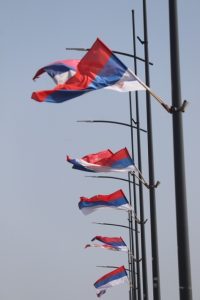
there is a certain amount of nationalism that is pervasive in Serbia, no matter in which part of the country
We spent some one-and-a-half weeks in Serbia, somewhat longer than we had anticipated beforehand. You like a place, you stay a little longer. And Serbia did not disappoint, in general. Belgrade and Subotica were highlights, as were the several Orthodox monasteries and their frescos – the multitude of frescos inside -, even though one may not take photographs.
But Serbia is also a big country, which means that we had a lot of driving to do. Or perhaps big is not the right word, from Subotica in the north to Novi Pasar in the south – accepting that Kosovo is another country, of course, something not everybody agrees to – is 430 km. It is just that driving takes a long time, as there are very few motorways, and most roads are two-lane affairs, where the maximum speed is 80 km/h, and strictly enforced; we did see quite a lot of police speed controls. In any case, on many of these roads even 80 km is pushing it, either because of the heavy traffic, or the road conditions themselves. Especially towards the end of our stay we felt that the rewards of visiting a site didn’t always compensate for the effort to get there.
But what was an interesting, and unexpected element of our Serbian travel, is that the country is actually much more varied than I had ever expected. In the north, roughly Vojvodina, things seem to be fairly well organised. Wealth-wise it is difficult to make a differentiation. From the houses – and the cars people drive – I would think that the north is generally poorer, which starts to change from Novi Sad southwards. In and around Belgrade the big Audis and BMWs are conspicuous, and so is the change in attitude towards traffic rules, and speed limits. The touristic areas, around Golubac and Mokra Gora, are also quite affluent, it seems. But further south, towards Kosovo, things deteriorate rapidly again. The last stretch, south from Kraljevo, we follow the Ibar Valley. The road here is yet again two-lane, and very busy with heavy trucks and speeding cars, overtaking in the most unlikely places. Which would never – or only rarely – happen in the north of the country. By the time we reach Novi Pasar in the south we are almost in a different country. More traffic, more chaotic. There is also a marked increase in the rubbish along the road. I am not sure if this has to do with the increasing share of Muslim population here, with many more mosques around, but in retrospect, it did seem a prelude to Kosovo.
What didn’t change from north to south was the attitude of the people. Serbians on the whole are extremely nice, friendly, helpful, polite. With the exception of the clergy in the monasteries perhaps, they were not particularly welcoming, wouldn’t acknowledge visitors. Perhaps the effect of too many visitors; imagine, if all of them are rascals like me who try to snatch photographs illegally!
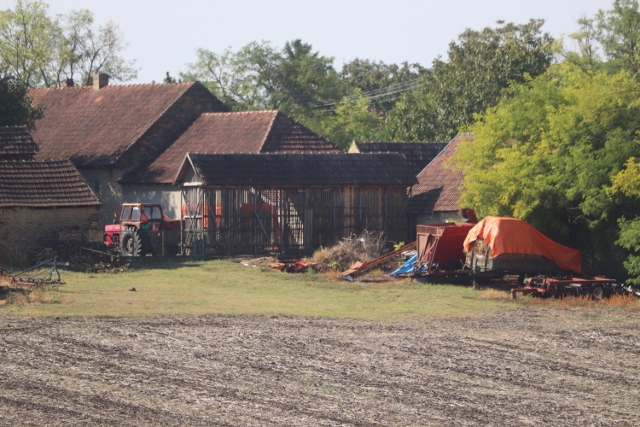
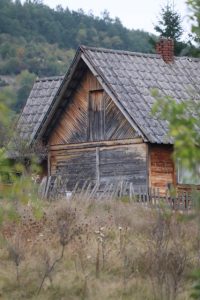
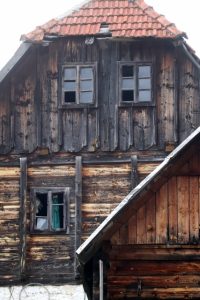
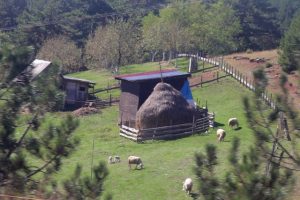


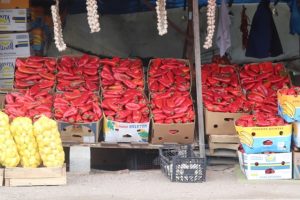


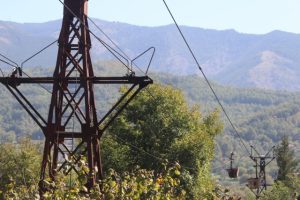


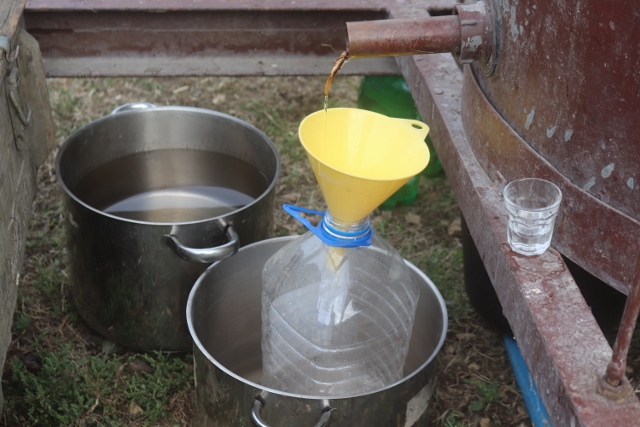

 RSS – Posts
RSS – Posts







